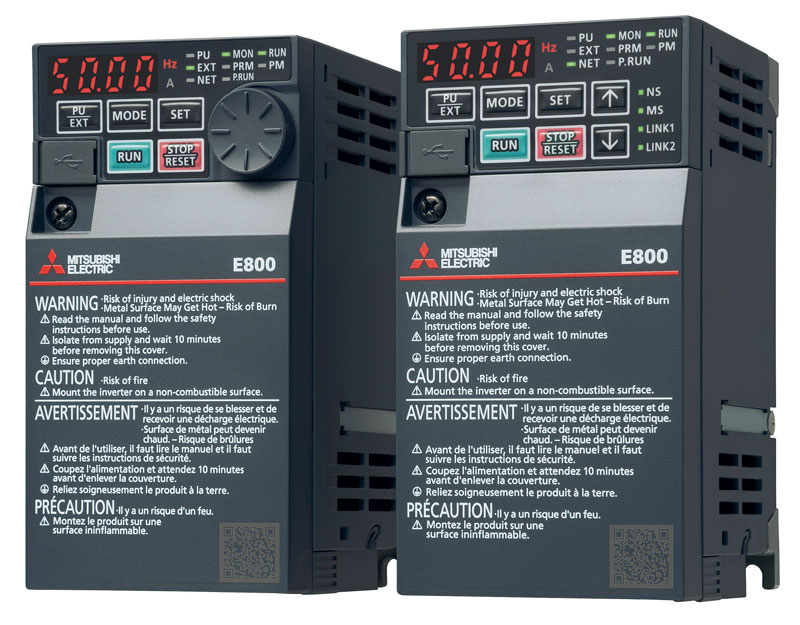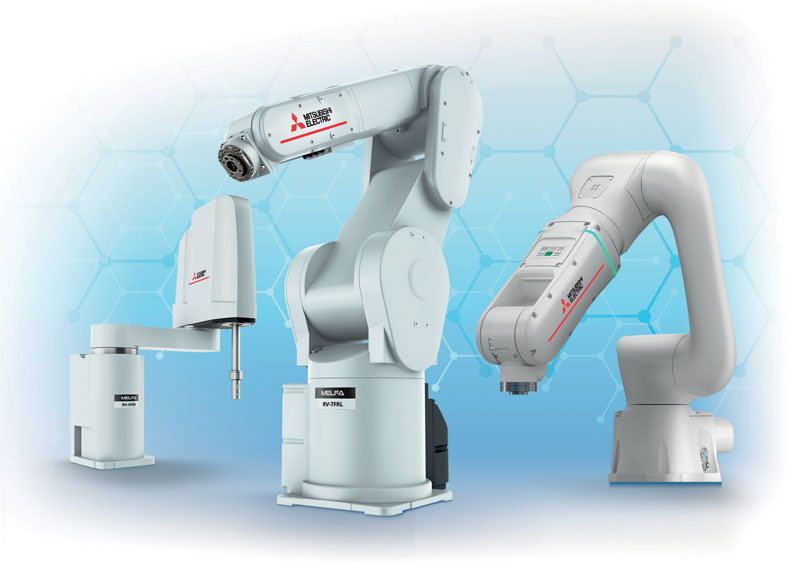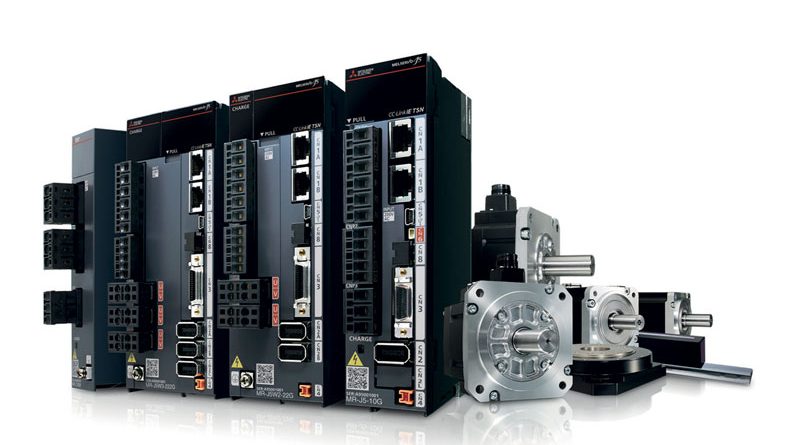Predictive maintenance goes hand in hand with AI
Predictive maintenance is becoming an increasingly important component of robotic systems, as it can reduce downtime. One of its valuable allies is artificial intelligence, which allows decisions to be made based on real-time and historical data. In this respect, Mitsubishi Electric is developing artificial intelligence systems, with the aim of enabling companies to obtain maximum gains from AI.
Robotic technologies continue to evolve and one of the most promising developments is the application of artificial intelligence. One of the most significant trends in the field of robotics is the implementation of advanced technologies with predictive maintenance. The latter provides the user with an early warning of defective or deteriorated parts. The availability of this information provides the technical support team with the opportunity to perform all kinds of maintenance well in advance of any actual failure, reducing unplanned downtime and decreasing planned inactivity. This is as relevant for robots as it is for other aspects of the production line, as regular maintenance is required on the robot’s different servo controls to ensure long-term reliable operation. These predictive maintenance technologies can be significantly enhanced by artificial intelligence, where machine learning algorithms drive deeper analyses of machine operations, not only comparing current performance with a predefined model, but going further and making decisions based on real-time data and historical trends. An example of AI-based predictive maintenance is offered by Mitsubishi Electric’s MELFA Smart Plus option, delivered as part of the latest robot series. This new integrated technology checks the absorption of the robot’s axes and compares them with the deterioration patterns of parts subject to wear, deriving maintenance schedules based on actual operating conditions. It also offers simulation capabilities to predict robot life during the application design phase and to estimate annual maintenance costs. This gives engineers the opportunity to modify the operation of the robot to extend its life cycle. Recognising the strategic importance of this technology, Mitsubishi Electric is developing artificial intelligence systems under a distinct brand name, MAISART (Mitsubishi Electric’s AI creates the State-of-the-ART in technology), with the aim of enabling companies to obtain maximum gains from AI.

Next generation servo systems and inverters for Smart Factory
Mitsubishi Electric’s MR-J5 servo systems feature a 3.5kHz bandwidth and BATTERY LESS absolute encoders as standard with 26-bit resolution (over 67 million pulses per revolution). These features enable perfectly smooth system operation, increasing productivity, improving the quality of the finished product and avoiding mechanical shocks. Thanks to advanced features such as one-touch tuning and automatic vibration suppression, adjusting machine parameters becomes extremely easy, ensuring optimum system performance. Integrated predictive maintenance functions allow the user to plan system maintenance in advance or carry out immediate fault diagnosis, significantly reducing downtime and thereby saving costs and service time. Mitsubishi Electric’s new FR-E800 inverter is the ideal solution for the Smart Factory. FR-E800 supports a variety of Ethernet based networks, including CC-Link IE TSN (Time Sensitive Network), without the need for optional cards but simply through parameter settings which determine the choice of protocols and ensures full connectivity and access in various industries including Food & Beverage, Life Science and Water Treatment.

By using artificial intelligence, the integrated predictive maintenance functions help to reduce downtime, identify possible faults in advance and identify the causes of any alarms in real time. FR-E800 offers extensive flexibility by incorporating multiple Ethernet-based communication protocols without any need for optional boards. The main industrial Ethernet networks are supported in the standard models together with CC-Link IE TSN. The standard ‘multi-protocol’ concept and dual RJ45 ports allow the overall reduction of installation costs by making the system open to both ‘in-out’ and ‘star’ topology solutions, depending on the specific requirements of each type of layout.

